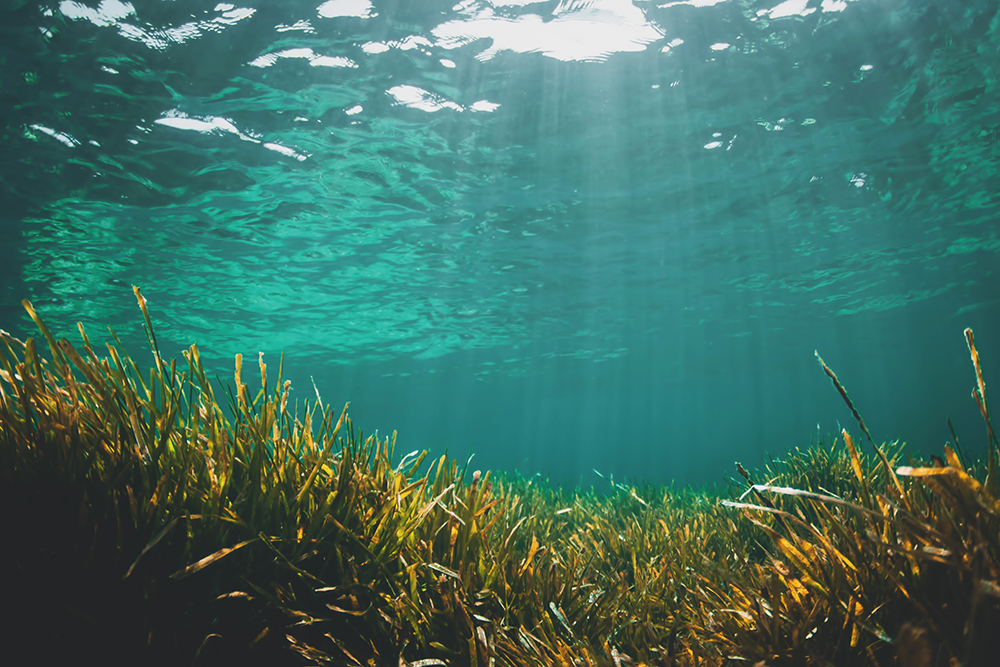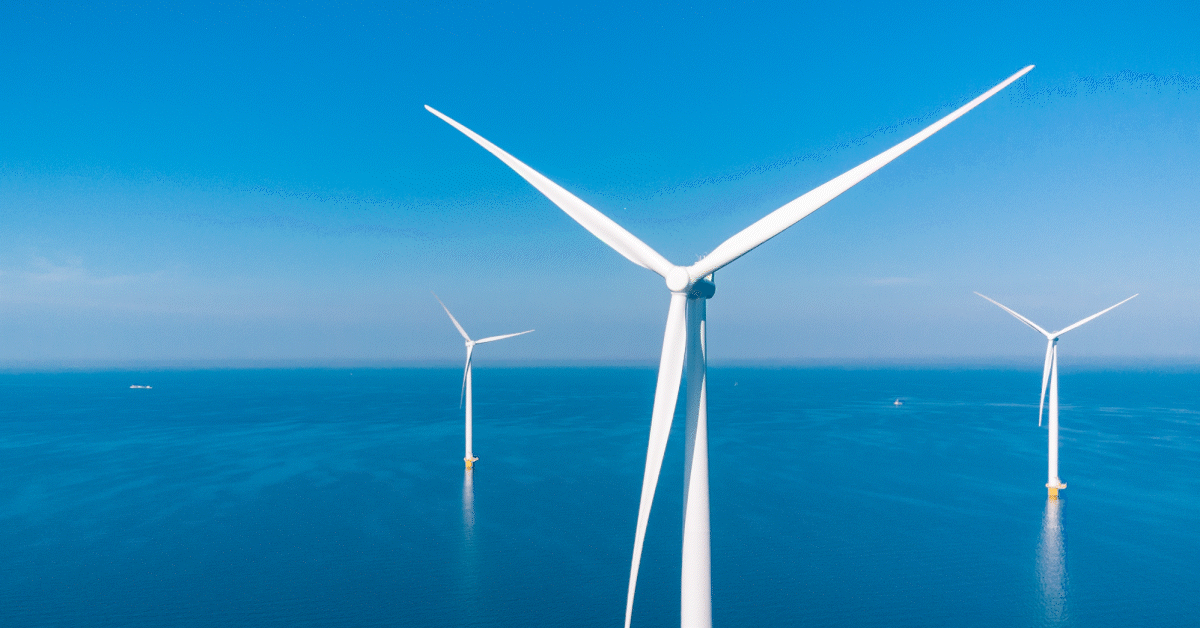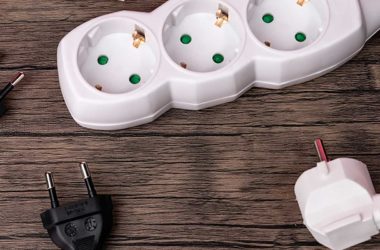Wind turbines are a great way to generate clean, renewable energy. They harness the wind’s energy and convert it into electricity. The blades are driven around by the wind, driving a turbine that creates power. The more wind there is, the more electricity is generated.
Wind technology is still under development, bringing innovations different from the most common wind turbines. These typically have two or three long, thin blades and resemble aeroplane propellers, but there are also other less well-known models that could be worth investing in.
According to Clean Energy Ideas, up to 12 MW of electricity can be generated by some of the biggest models. Each turbine can supply energy to around 16,000 families annually. How much energy can other types generate? Read on and see for yourself.
The Biggest Wind Turbines in the World
Large wind turbines are used by utility companies to produce renewable energy. These are either onshore or offshore, with offshore locations generally getting stronger winds. Besides the location of the turbine, the weight of the blades, height and strength depends on many factors.
MingYang Smart Energy
According to Energy Efficiency & Renewable Energy (EERE), taller turbines can capture more energy, and since the 2000s, wind turbines have grown. Currently, the tallest wind energy turbine is the Chinese model MingYang Smart Energy. It is a larger offshore wind turbine than GE’s enormous Haliade-X (read below). The MySE 16.0-242 is a 16-megawatt, 242-meter-tall behemoth that has a 25-year service life and can power 20,000 households.
Haliade-X
The Haliade-X is one of the world’s largest wind turbines, producing 67 GWh of energy annually, which is sufficient to power about 16,000 households. According to GE a 750 MW wind farm powered by the Haliade-X could supply energy to up to 1 million residences.
GE has practical experience using the turbine in various situations and at various output levels. It is the only platform for 12+ MW offshore wind turbines operating for more than two years, notably at its Rotterdam prototype location. It has gained impartial certification ranging from 12 MW to 13.6 MW.
How was Haliade designed? In 2021 GE announced a research partnership to develop the world’s largest 3D printer for offshore wind applications to help simplify the manufacturing of vital parts for GE’s Haliade-X offshore wind turbine. Furthermore, by eliminating the need to ship bulky components from a central manufacturing location, using a 3D printer is anticipated to reduce the product’s carbon footprint.
Vestas turbine
There are plans to beat this record with the newest model from Vestas Wind Systems. They want to design an offshore wind turbine, which will be the largest in the world with a swept area of over 43,000 m2, a 15-megawatt capacity, and over 260 meters. The prototype of the V236-15.0 MW is expected to be installed in 2022, with production planned for 2024.
5 Different Types of Wind Turbines
Along with these very tall turbines, there are different types that harness energy slightly different from the ones mentioned above.
1. Bladeless Wind Power
In our article about the top 10 innovations in the energy sector we wrote about bladeless wind turbines, showing the new design invented by a Spanish firm called Vortex Bladeless. The 3 m tall bladeless turbine is fixed vertically into the ground using an elastic rod. It is designed to tilt or oscillate within the range of the wind’s speed, and the resulting vibration generates energy. These bladeless turbines don’t need as much space as traditional wind farms and can be employed in urban or residential areas.
2. Vertical Axis Turbines
Vertical-axis turbines are more straightforward and efficient in windy conditions. They don’t need to rotate in order to follow the wind and are a better choice compared with horizontal turbines. They are also easier to maintain because the generator and gearbox are at ground level and turbines can be stacked closer together due to a narrower width.

The blades are made of fibreglass and carbon fibre and can rotate at a maximum speed of 200 revolutions per minute. There are also different vertical axis turbines, such as eddy turbines. According to Elektor magazine, Eddy has a cut-in speed of only 3.5 meters per second and a rated power of 600 watts. Its unit is expected to last 20 years and has a maximum safe wind speed of more than 120 mph (55 m/s).
3. Airborne Wind Turbine
Makani has devised a method to harness wind energy with kites. At heights over 300 meters the Makani Airborne Wind Turbine (AWT) can reach stronger and more reliable winds, allowing them to produce more electricity.
Wind could power the world 100 times over, but only 5% of the world’s electricity comes from wind power.
– Makani, Harnessing wind energy with kites to create renewable electricity
4. Offshore wind turbines used to farm seaweed
Energy generation is focusing on more sustainable solutions and maritime sector is progressing towards greener power. For example, shareholders in the Norther wind farm in Belgium intend to employ offshore wind turbines for aquaculture or maritime agriculture. They want to automate seaweed cultivation and harvesting while creating a technology that can be applied to other wind farms.

The project “Wier and Wind” was developed by a Belgian-Dutch team, a project aimed to create an automated, large-scale seaweed manufacturing system. According to Power Technology, the idea is to cultivate seaweed on a vast scale over a period of three years. This project would be the first to cover up to 20,000m2 (4.9 acres) in less sheltered waters.
5. Wind turbines made with fabric
Nowadays, new wind turbines are often built from different materials. Some are covered with a special technical fabric that makes the turbine blades lighter, increasing electricity production.
The partnership between Enel Green Power and the Scottish start-up ACT Blade, a company specialising in the creation of cutting-edge wind turbines covered in a unique technical fabric, illustrates this strategy. Some of the materials are made of conventional composite structures used in the wind industry – fabric similar to sailcloth that covers the entire blade.
The focus is also on low-cost thermoplastic which creates an opportunity for wind turbine blades to be recyclable because of the emerging materials. World’s largest thermoplastic wind turbine blade was made in Spain and its prototype is a 100% recyclable wind turbine blade (thermoplastic resin).
Besides different materials, innovative manufacturing is helping make the new wind turbines more efficient and sustainable. The focus now is on 3D printing, manufacturing and aviation as supportive technologies.
Distrelec offers sustainable and high-tech products that can help many industries, from the energy sector such as wind, solar and grid, to aviation and maritime industries, by providing its customers with the best solutions from market leaders.











